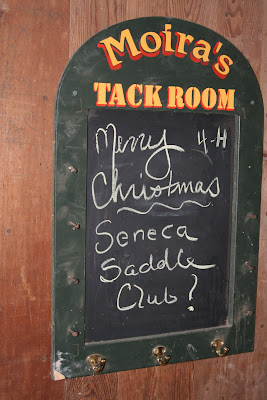
















The happenings of Canoga Creek Farm & Conservancy.



 An interesting 11 point buck. Just under 13 inch inside spread. My thought was that I had shot a 2 1/2 year old male who had some antler issues...he passed the 4 points on a side test, but turns out that, after DEC aging, he is only a 1 & 1/2 year old male! Shame...he would have been incredible as a 3 & 1/2. Still, a gift on a tough rainy opener, and memorable.
An interesting 11 point buck. Just under 13 inch inside spread. My thought was that I had shot a 2 1/2 year old male who had some antler issues...he passed the 4 points on a side test, but turns out that, after DEC aging, he is only a 1 & 1/2 year old male! Shame...he would have been incredible as a 3 & 1/2. Still, a gift on a tough rainy opener, and memorable.




New regulations expand bear hunting to 13 additional Wildlife Management Units (WMUs), which include parts of Chautauqua, Cattaraugus, Erie, Wyoming, Genesee, Monroe, Livingston, Wayne, Ontario, Seneca, Yates, Steuben, Schuyler, Tompkins, Tioga, Cortland, Broome, Chenango, Madison, Onondaga, Oneida and Otsego counties.
The new regulations are effective immediately and will allow hunters to pursue bears in these areas during the bowhunting, regular, and muzzleloading bear seasons in the Southern Zone. An updated map of New York's bear hunting seasons is available on DEC's Black Bear Hunting Seasons web page. A map and boundary descriptions of WMU locations can be found on DEC's Wildlife Management Units web page. Details of the specific changes for the Southern Bear Range are included in the complete press release on this topic.

"In recent years, the bear population in central and western New York has grown in number and expanded in distribution," DEC Commissioner Pete Grannis said. "Hunting is an important component of a comprehensive bear-management program that also emphasizes safety, education efforts and responses to individual problem bears. Expanding the bear hunting area is a continuation of efforts to manage bear population growth and range expansion."

 d at my watch after noticing the low sun casting beautiful slant-y golden light on the tops of the trees, 5:15 PM. I whispered to Charlotte that I surmised that the turkeys were headed to one of their roosting areas, a draw with big old beech trees at the bottom. I asked if she wanted to try to intercept them. She was game, so we crept along the berm, me calling, Charlotte scratching leaves.
d at my watch after noticing the low sun casting beautiful slant-y golden light on the tops of the trees, 5:15 PM. I whispered to Charlotte that I surmised that the turkeys were headed to one of their roosting areas, a draw with big old beech trees at the bottom. I asked if she wanted to try to intercept them. She was game, so we crept along the berm, me calling, Charlotte scratching leaves. ad over the berm briefly. The rest, as they say, is history.
ad over the berm briefly. The rest, as they say, is history.
Hosmer Winery, Long Point Winery, Canoga Creek Farms and Switzer Farm have received 2008 Lake Friendly Farm Award.
Farmers receive this special award when they incorporate practices that conserve and protect their local water resources. Lake-friendly farming can include tree planting along streams, conservation of wetlands and manure handling practices.
These four wineries are all located within the Cayuga Lake Watershed area -- where agriculture is very important to the community culturally, economically and ecologically.
 My friend and colleague Jeremy Dietrich recently asked me to take his younger brother Wade and his friend and fellow graduate student Laura out on a fishing trip on the north end of Cayuga Lake. So, the crew met me at 5 pm Sunday evening for a 4 hour excursion on the "Rough Draft."
My friend and colleague Jeremy Dietrich recently asked me to take his younger brother Wade and his friend and fellow graduate student Laura out on a fishing trip on the north end of Cayuga Lake. So, the crew met me at 5 pm Sunday evening for a 4 hour excursion on the "Rough Draft."


"Defenders of the short-sighted men who in their greed and selfishness will, if permitted, rob our country of half its charm by their reckless extermination of all useful and beautiful FARM LAND sometimes seek to champion them by saying that 'FOOD PRODUCTION belongs to the people.' So it does; and not merely to the people now alive, but to the unborn people. The 'greatest good for the greatest number' applies to the number within the womb of time, compared to which those now alive form but an insignificant fraction. Our duty to the whole, including the unborn generations, bids us restrain an unprincipled present-day minority from wasting the AGRICULTURAL heritage of these unborn generations. The movement for the conservation of FARM LAND and the larger movement for the conservation of all our natural resources are essentially democratic in spirit, purpose, and method."
-adapted from Teddy Roosevelt’s A Book-Lover's Holidays in the Open, 1916






